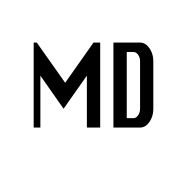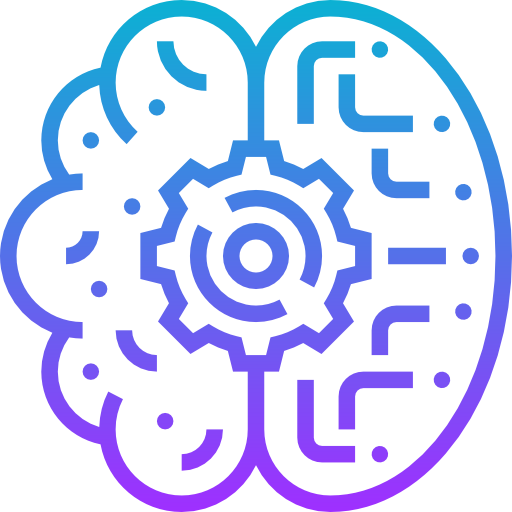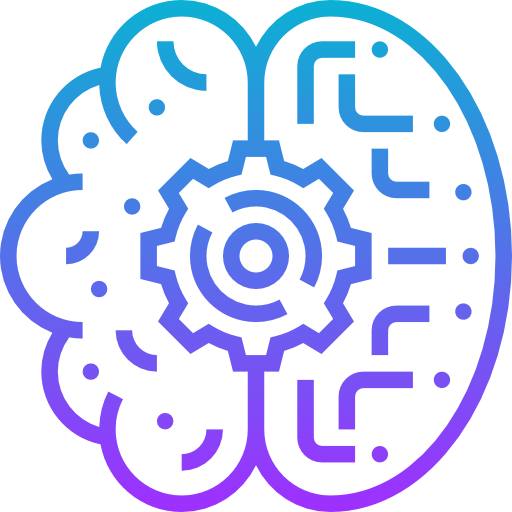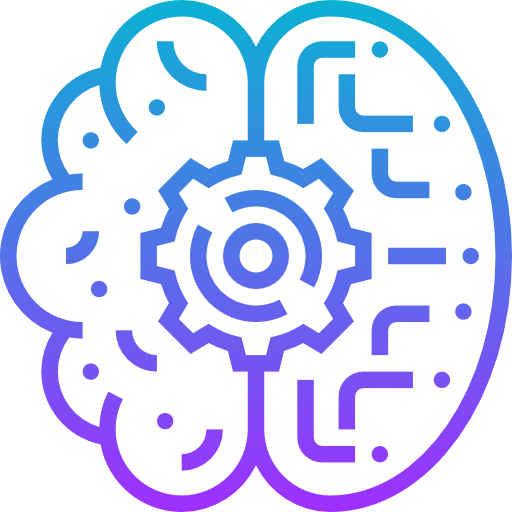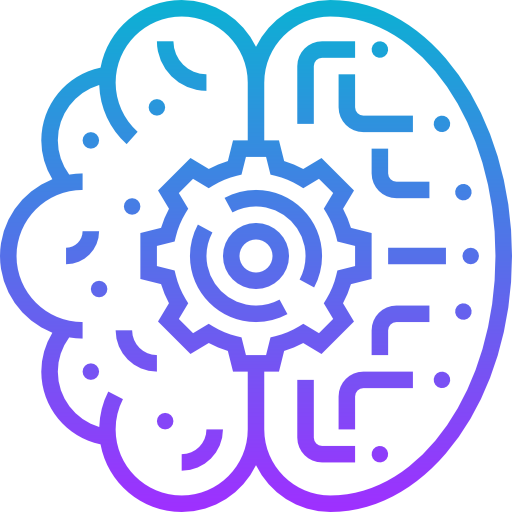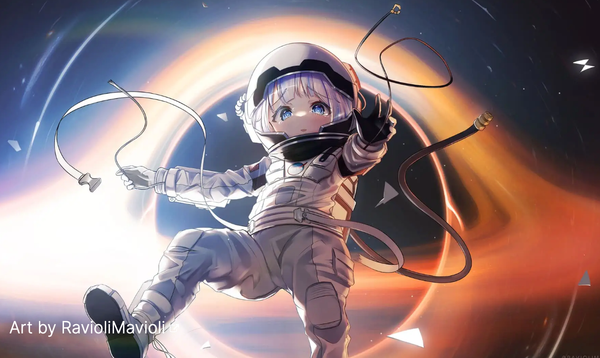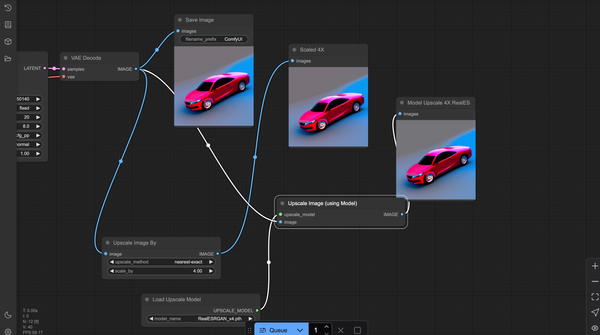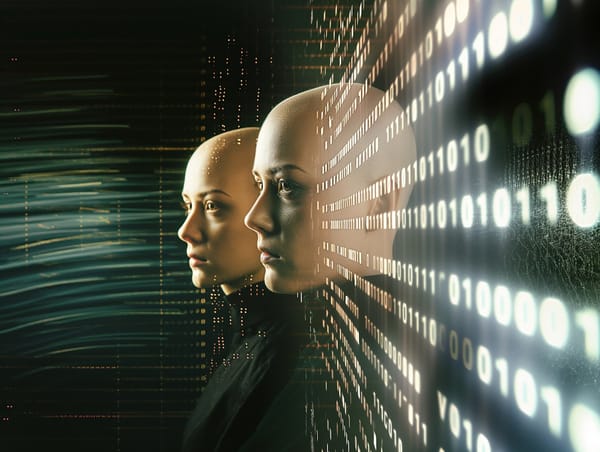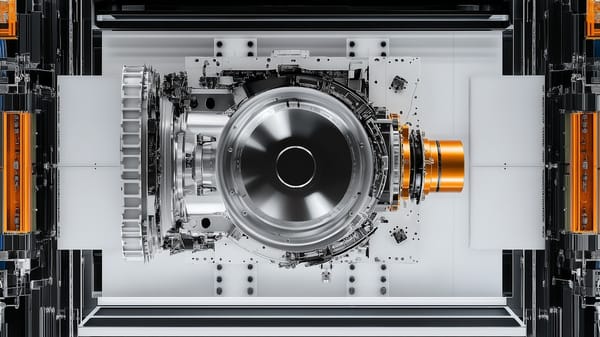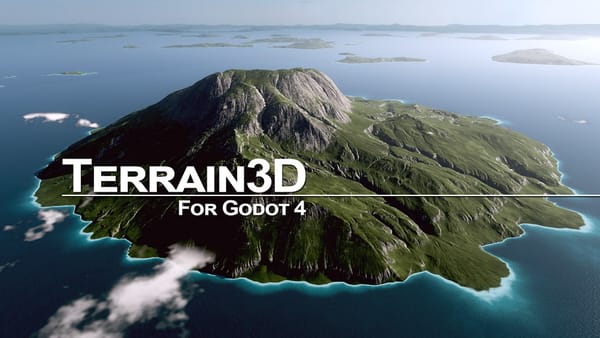Open-Source: The Secret Sauce Behind AI’s Biggest Breakthroughs - My Personal Opinion
Table of Content
Let me tell you something: this AI wave we’re riding right now? It’s not just hype. It’s not just about ChatGPT or MidJourney making headlines—it’s way bigger than that. What’s really driving this whole movement forward, in my humble opinion, is open-source. Yeah, you heard me.
Open-source is the unsung hero here, and I’m going to break it down for you in a way that’ll make you want to jump into the deep end of GitHub repos and start tinkering with models yourself. Trust me, once you get hooked on fine-tuning generative AI tools like ComfyUI or DiffusionBee, there’s no turning back.
Open-Source Makes AI Accessible to Everyone (Even You!)
First things first—AI used to feel like some kind of elite club. Only big tech companies with billion-dollar budgets could afford to build these massive neural networks. But then open-source came along and said, “Nah, let’s change the game.” Suddenly, anyone with a laptop and an internet connection can access state-of-the-art models, tweak them, and use them however they want.
Want to generate hyper-realistic art using Stable Diffusion? Go for it. Need a custom chatbot tailored to your business needs? Done. The possibilities are endless.
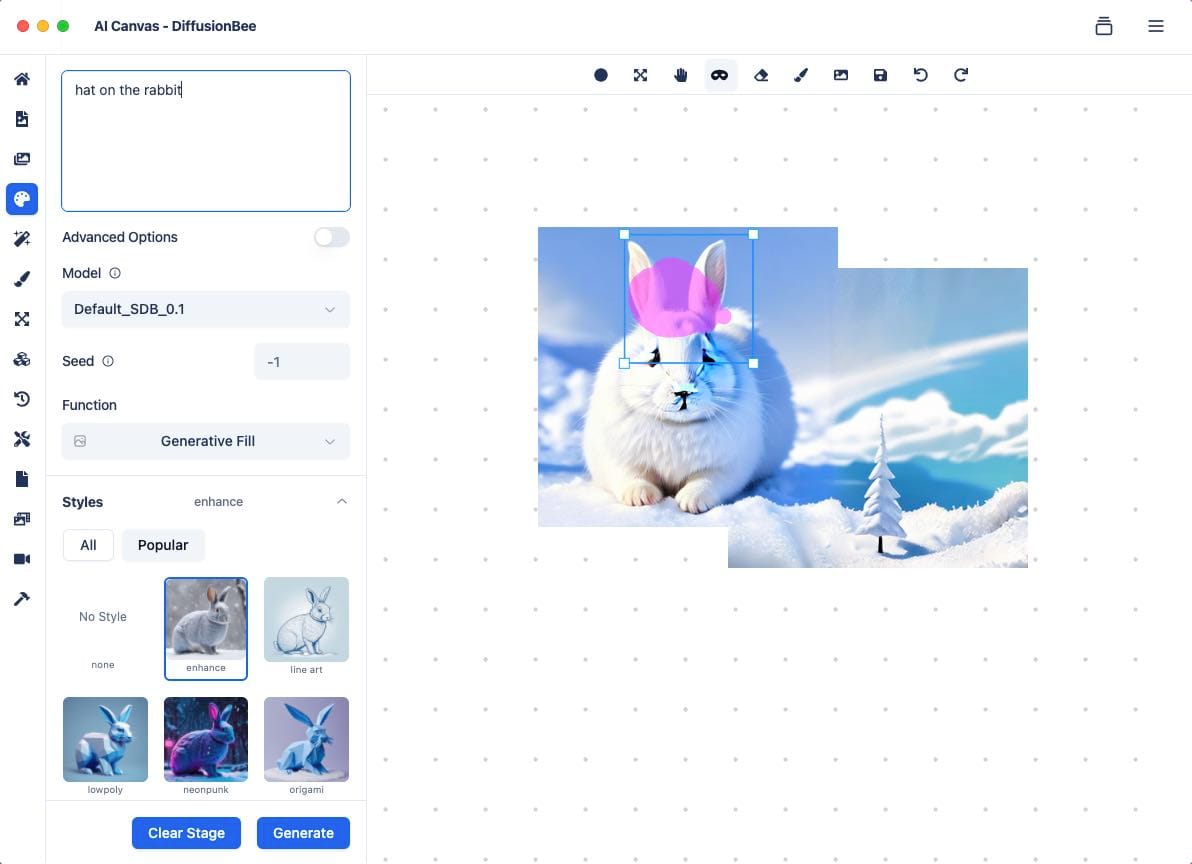
Take ComfyUI, for example. If you’ve ever felt intimidated by complex workflows in machine learning, ComfyUI simplifies everything. It’s like giving someone who barely knows how to ride a bike the keys to a Ferrari—but instead of crashing, they actually figure out how to drive because the interface is that intuitive. Or what about DiffusionBee? That app takes all the heavy lifting out of running diffusion models locally on your Mac. No coding required. Just download, click, and boom—you’re generating images like a pro. These tools exist because developers decided to share their work openly, and honestly, it feels like magic when you realize how much power you have at your fingertips.
We’ve covered dozens of open-source AI tools and apps in our blogs before (seriously, go check them out if you haven’t already). From healthcare applications that help diagnose diseases faster to creative tools that let artists push boundaries, open-source has made AI accessible to literally everyone. And that’s huge.

Fine-Tuning: Turning Pre-Trained Models Into Your Personal Assistants
Now, let’s talk about one of my favorite parts of working with open-source AI: fine-tuning. Imagine you take a pre-trained model—a generalist AI that knows a little bit about everything—and teach it to specialize in exactly what you need. That’s fine-tuning in a nutshell.
Say you run a small bakery, and you want an AI assistant that helps customers design custom cakes based on their preferences. Instead of building a model from scratch (which would cost you thousands of dollars and months of time), you grab a pre-trained image generation model, feed it examples of cake designs, and voilà! Now you’ve got an AI that understands buttercream roses better than most humans do.
The beauty of open-source is that it gives you the freedom to experiment without breaking the bank. Tools like Hugging Face Transformers make fine-tuning ridiculously easy. Even if you’re not a coder, platforms like Gradio let you create user-friendly interfaces so anyone can interact with your tuned-up AI.
Honestly, it’s empowering. Every time I see someone post their project online—whether it’s a niche language model for medical terminology or a text-to-image generator trained on anime characters—I feel a little spark of excitement. Because that’s what open-source does: it turns ideas into reality.
Healthcare + AI = A Match Made in Heaven
Speaking of real-world impact, let’s zoom in on healthcare for a second. Healthcare and AI together might sound like sci-fi, but thanks to open-source projects, it’s becoming a reality today. Think about it: doctors and researchers around the world are using AI to detect diseases earlier, predict patient outcomes, and even develop new treatments.
For instance, there are open-source models specifically designed to analyze medical imaging data—things like X-rays, MRIs, and CT scans. These models can spot anomalies that human eyes might miss, potentially saving lives. And because they’re open-source, hospitals in underfunded areas can adopt these technologies without worrying about licensing fees or proprietary restrictions.
In one of our recent blog posts, we highlighted an open-source tool that helps radiologists identify early signs of lung cancer. The best part? It was built by a team of volunteers who shared their code publicly, knowing full well that their work could save lives. That’s the kind of humanity-driven innovation that makes me proud to be part of this community.

Why Open-Source Feels Like Home
Here’s the thing about open-source—it’s not just about code. It’s about people. When you dive into forums like Reddit’s r/MachineLearning or join Discord servers dedicated to AI enthusiasts, you’ll find a community that genuinely wants to help each other succeed. Whether you’re stuck debugging a script or trying to understand the math behind attention mechanisms, there’s always someone willing to lend a hand.
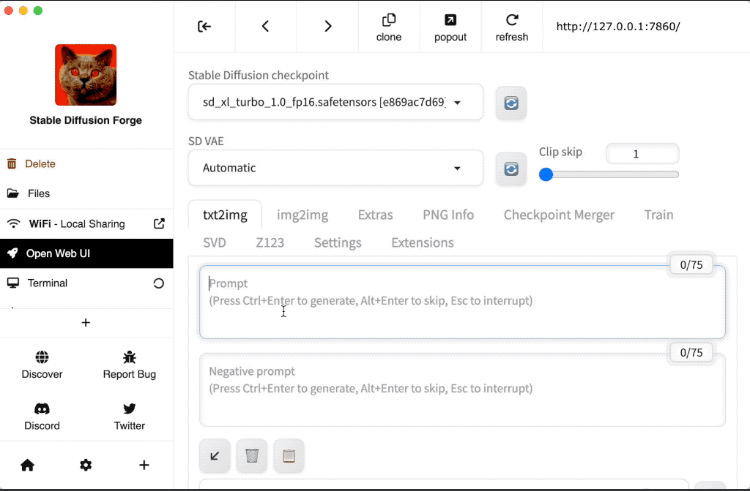
I remember the first time I tried to fine-tune a GPT model. I had no clue what I was doing, and I probably spent six hours staring at error messages before finally figuring it out. But guess what? Someone else posted a solution to the exact same problem on Stack Overflow, and suddenly, everything clicked. That sense of camaraderie—that shared mission to make AI better for everyone—is what keeps me coming back day after day.
Transparency: Because Black Boxes Are Overrated
Another reason I love open-source? Transparency. Closed-source AI systems often feel like black boxes—you throw data in, and results come out, but you have no idea what’s happening inside. With open-source, though, you can peek under the hood. You can audit the code, check for biases, and ensure the model behaves ethically.
This matters more than you might think. Bias in AI is a real issue, especially in areas like hiring, law enforcement, and lending. By opening up the code, we give everyone the chance to scrutinize and improve these systems. It’s not perfect, sure, but it’s a damn sight better than blindly trusting proprietary algorithms.
Take OpenAI and DeepSeek as an example!
Why Open-Source AI is a Game-Changer
- Accelerated Innovation and Development: Platforms like TensorFlow and PyTorch enable rapid experimentation and breakthroughs by lowering barriers for researchers and developers.
- Democratization of AI: Makes AI accessible to individuals and small organizations, removing the need for massive resources or expertise.
- Community Collaboration: Global collaboration on platforms like GitHub allows code sharing, bug fixes, and collective improvement of tools and models.
- Transparency and Trust: Open-source promotes trust by allowing anyone to inspect code, ensuring fairness and ethical use in sensitive applications.
- Cost Efficiency: Pre-trained models and tools save time and money, enabling businesses and individuals to fine-tune AI without starting from scratch.
- Customization and Flexibility: Tools can be tailored for specific needs, from reducing bias to adapting models for niche industries like healthcare or autonomous vehicles.
- Education and Skill Development: Hands-on access to real-world projects helps students and professionals learn and upskill effectively.
- Ethical AI Development: Broad community oversight helps identify and address biases, discrimination, and privacy concerns responsibly.
- Global Reach and Inclusivity: Empowers developers worldwide, fostering diverse perspectives and solutions for local challenges like climate change and healthcare.
- Interoperability and Standardization: Open standards ensure seamless integration and compatibility between tools, reducing fragmentation and boosting productivity.
The Future Is Ours to Shape
Look, I could go on forever about why open-source is amazing, but I’ll leave you with this: the future of AI isn’t locked away in corporate vaults. It’s sitting right there on GitHub, waiting for you to download, modify, and remix. Whether you’re a seasoned developer or someone who just discovered Python last week, you have the power to contribute.
So, what are you waiting for? Dive in. Experiment. Break stuff. Learn. Share. Together, we’re shaping the next chapter of artificial intelligence—and trust me, it’s going to be wild.
Oh, and hey—if you liked this rant, stick around. We cover tons of cool open-source AI tools, apps, and stories over on our blog. Who knows? Maybe you’ll find your next obsession there. Until then, keep tinkering, stay curious, and remember: the AI revolution belongs to all of us.
